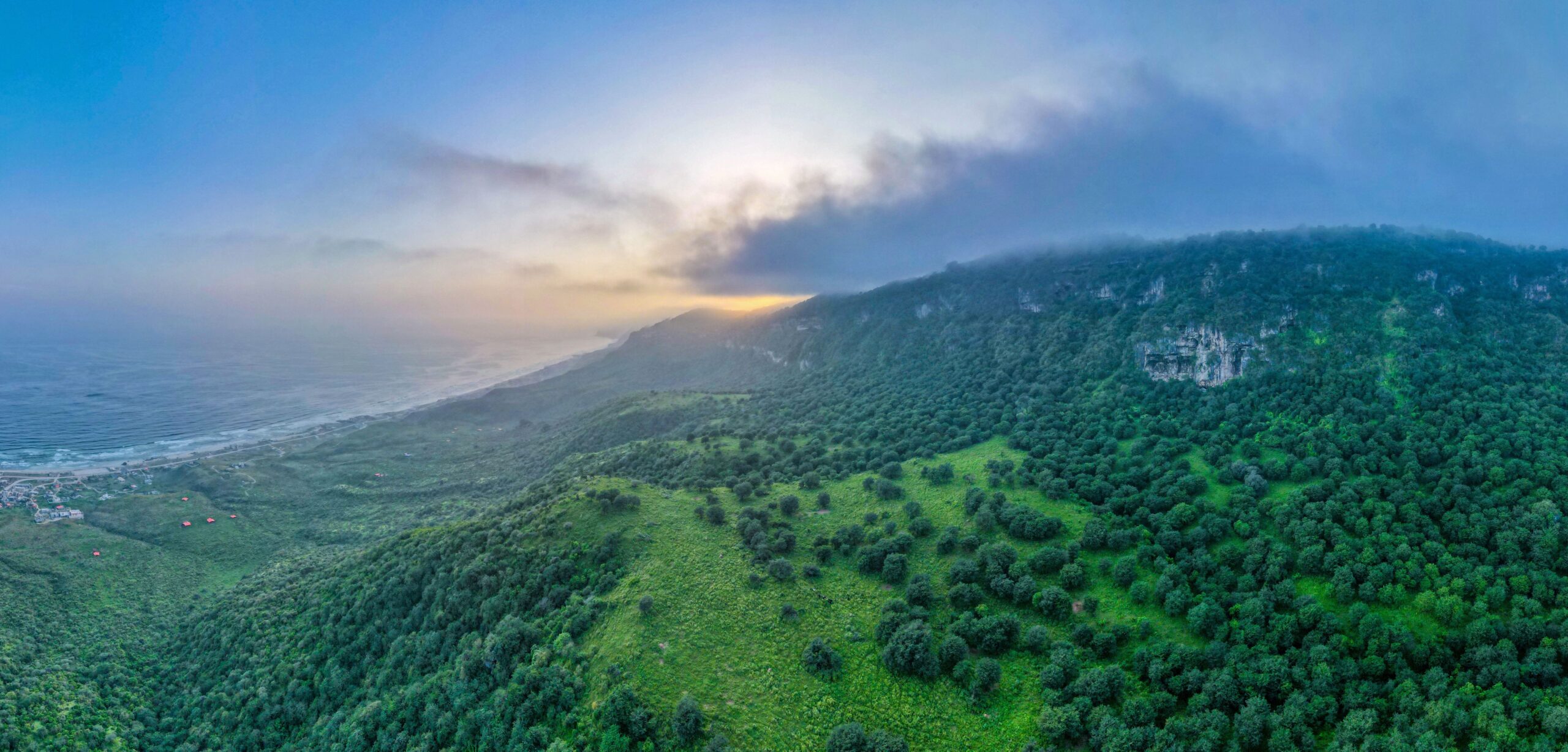
The Birth of a New Ocean in Northern Africa
Tectonic Plates in Motion
Beneath our feet, the Earth’s crust is divided into a jigsaw puzzle of tectonic plates that are constantly moving. These plates can drift apart, collide, or slide past each other, causing a myriad of geological events such as earthquakes, volcanoes, and the formation of new landmasses.
In the East African Rift System, a region spanning from the Red Sea to Tanzania, tectonic plates are slowly pulling away from each other by approximately 0.3 inches per year. This spreading is accompanied by volcanic and geological evidence, hinting at the potential emergence of a new ocean.
Afar Triangle and the Red Sea Rift
The Afar Triangle, a juncture where three tectonic plates meet, is the epicenter of this rifting process. Here, the African Plate is splitting into the Nubian and Somali Plates. The resulting gap is being filled with magma from deep within the Earth, creating a visible bulge and deep cracks.
The Red Sea Rift, an extension of the East African Rift System, is also undergoing significant spreading. Satellite images reveal that the region is widening by about 1.5 inches per year, further indicating the potential for oceanic formation.
The Formation of a New Ocean
Geologists believe that if the spreading continues unabated, the three tectonic plates will eventually separate entirely. This would allow the Indian Ocean to flood the area, creating a new ocean in northern Africa. The easternmost corner of the continent, known as the Horn of Africa, would become a large island.
The timing of this event is uncertain, with estimates ranging from 1 to 20 million years from now. This is a relatively short timeframe in geological terms, making the potential for a new ocean a significant scientific and environmental prospect.
Impacts and Implications
The formation of a new ocean in northern Africa would have profound implications for the region’s geography, climate, and ecosystems. The separation of the Horn of Africa from the mainland would create a new coastline and alter the distribution of landmasses in the Eastern Hemisphere.
The new ocean would also likely have a significant impact on global ocean currents and weather patterns. The influx of warm water from the Indian Ocean into the new basin could potentially alter regional temperatures and precipitation.
Geological Significance
The rifting process in northern Africa is an example of "continental rifting," a phenomenon that has played a crucial role in the formation of many of the Earth’s oceans and continents. This process begins with a rift valley, which gradually widens and deepens as the plates pull apart. Over millions of years, the rift valley can fill with water, giving birth to a new ocean.
A similar process is believed to have created the Saudi Arabian peninsula. The Red Sea is a relatively young ocean, having formed only about 30 million years ago as the Arabian Plate separated from the African Plate.
Monitoring and Research
Scientists are closely monitoring the rifting process in northern Africa using GPS and satellite mapping. These technologies allow them to measure the movement of the plates and track the widening of the rift.
In addition, researchers are studying the volcanic and geologic evidence in the region to gain insights into the underlying mechanisms driving the rifting. This research will help refine estimates of the timing and extent of the potential new ocean formation.
Conclusion
The formation of a new ocean in northern Africa is a captivating geological phenomenon that is slowly unfolding before our eyes. The expansion of the rift valley and the separation of the tectonic plates are clear indications of a major transformation in the region’s geology. While the exact timing and extent of the future ocean are still uncertain, scientific observations and research suggest that a new body of water could emerge within a relatively short time frame on a geological scale.
